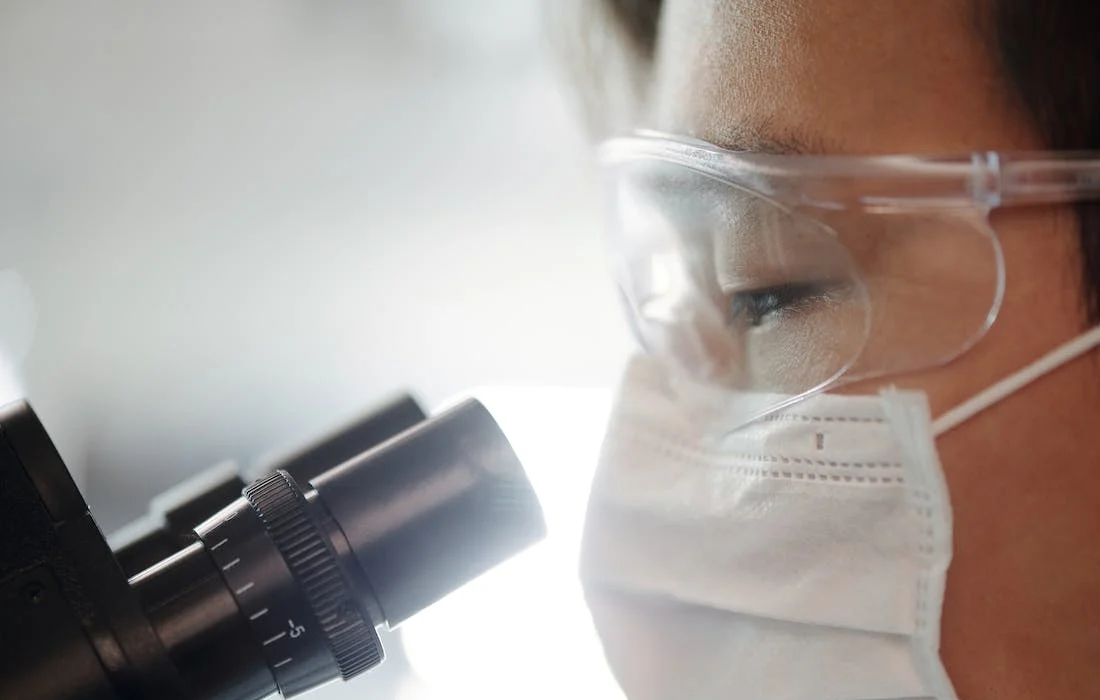Regenerative Medicine News and General Information
New Potential Treatment for ‘Small Vessel Disease’
Cambridge scientists have grown small blood vessel-like models in the lab and used them to show how damage to the scaffolding that supports these vessels can cause them to leak, leading to conditions such as vascular dementia and stroke.
The study, published in Stem Cell Reports, also identifies a drug target to ‘plug’ these leaks and prevent so-called small vessel disease in the brain.
Cerebral small vessel disease (SVD) is a leading cause of age-related cognitive decline and contributes to almost half (45%) of dementia cases worldwide. It is also responsible for one in five (20%) ischemic strokes, the most common type of stroke, where a blood clot prevents the flow of blood and oxygen to the brain. The majority of cases of SVD are associated with conditions such as hypertension and type 2 diabetes, and tend to affect people in their middle age.
However, there are some rare, inherited forms of the disease that can strike people at a younger age, often in their mid-thirties.
Both the inherited and ‘spontaneous’ forms of the disease share similar characteristics.
Scientists at the Victor Phillip Dahdaleh Heart and Lung Research Institute, University of Cambridge, used cells taken from skin biopsies of patients with one of these rare forms of SVD, which is caused by a mutation in a gene called COL4.
By reprogramming the skin cells, they were able to create induced pluripotent stem cells — cells that have the capacity to develop into almost any type of cell within the body.
The team then used these stem cells to generate cells of the brain blood vessels and create a model of the disease that mimics the defects seen in patients’ brain vessels.
The blood vessels are built around a type of scaffolding known as an extracellular matrix, a net-like structure that lines and supports the small blood vessels in the brain.
The COL4 gene is important for the health of this matrix.
In their disease model, the team found that the extracellular matrix is disrupted, particularly at its so-called ‘tight junctions’, which ‘zip’ cells together.
This leads to the small blood vessels becoming leaky — a key characteristic seen in SVD, where blood leaks out of the vessels and into the brain.
The researchers identified a class of molecules called metalloproteinases (MMPs) that play a key role in this damage.
Ordinarily, MMPs are important for maintaining the extracellular matrix, but if too many of them are produced, they can damage the structure.
When the team treated the blood vessels with drugs that inhibit MMPs — an antibiotic and anti-cancer drug — they found that these reversed the damage and stopped the leakage.
Dr Granata added: “These particular drugs come with potentially significant side effects so wouldn’t in themselves be viable to treat small vessel disease. But they show that in theory, targeting MMPs could stop the disease. Our model could be scaled up relatively easily to test the viability of future potential drugs.”
Sources:
Maha Al-Thani, Mary Goodwin-Trotman, Steven Bell, Krushangi Patel, Lauren K. Fleming, Catheline Vilain, Marc Abramowicz, Stuart M. Allan, Tao Wang, M. Zameel Cader, Karen Horsburgh, Tom Van Agtmael, Sanjay Sinha, Hugh S. Markus, Alessandra Granata. A novel human iPSC model of COL4A1/A2 small vessel disease unveils a key pathogenic role of matrix metalloproteinases. Stem Cell Reports, 2023; DOI: 10.1016/j.stemcr.2023.10.014
University of Cambridge. (2023, November 16). Lab-grown ‘small blood vessels’ point to potential treatment for major cause of stroke and vascular dementia. ScienceDaily. Retrieved November 24, 2023 from www.sciencedaily.com/releases/2023/11/231116141041.htm
Photo by Edward Jenner from Pexels: https://www.pexels.com/photo/man-looking-through-a-microscope-4033152/

